New Suzuki Swift Hybrid celebrates everyday simplicity
Suzuki Swift Hybrid is compact, competent, and extremely easy to live with – what more do we really need?
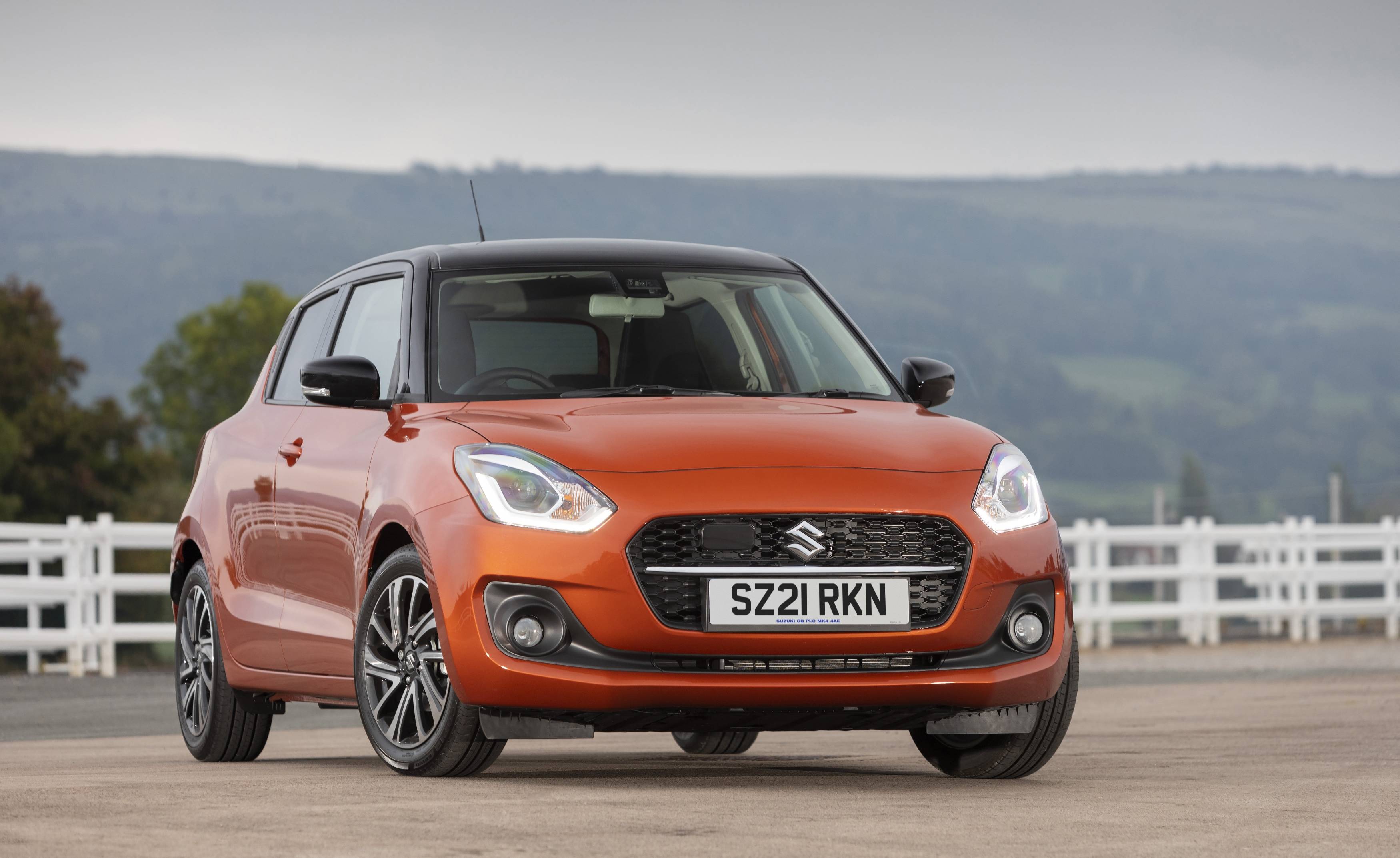
Why is Wallpaper* writing about the Suzuki Swift Hybrid? Sometimes luxury isn’t about extravagance, opulence, performance, craft, or rarity. Luxury is also about time, convenience, and modesty, but these are difficult qualities to express in physical form, especially in the image-conscious world of the automobile. Suzuki’s Swift is a decent attempt at embodying these values.
The modest hatchback has been a mainstay of the company’s range since 2004. Before that, the ‘Swift’ nameplate was attached to various Suzuki models around the world, none of which had any real pretence of living up to the name. Sparky, yes. Out and out sports? Certainly not. There is a much-admired Swift Sport model, which won’t bother any supercars but is delightfully crisp to drive. This, however, is the very vanilla hybrid version, which has less power, less verve and isn’t quite as engaging. But frankly, does it really matter?
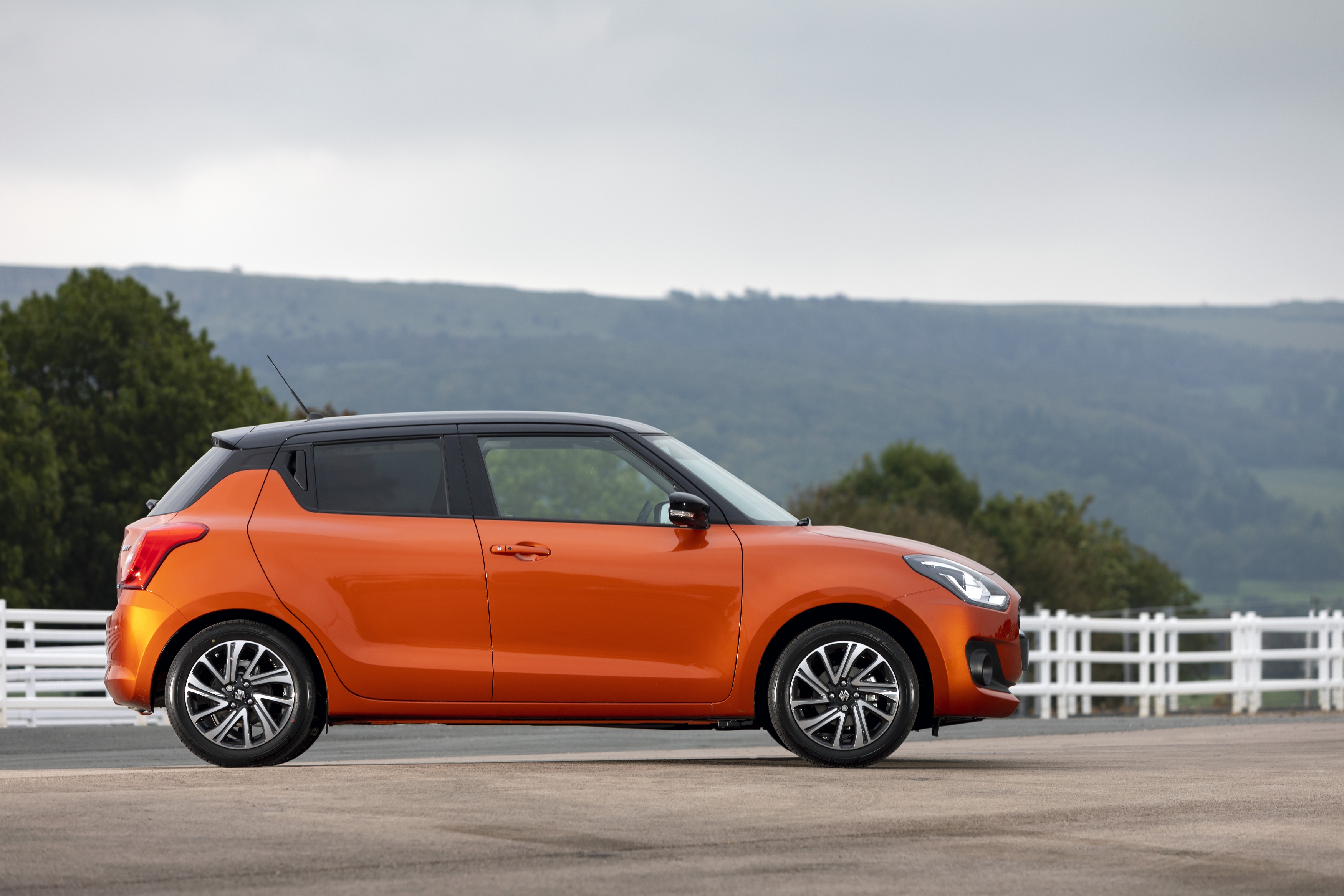
Suzuki’s origin story is similar to Toyota’s, in that both companies started out as industrial textile firms, specialising in big weaving machines. Suzuki dates back further, to 1909, but it was slightly later into car-making than its rival. It wasn’t until the early 1950s that Suzuki decided to re-focus on mobility, starting with hugely successful motorbikes, and eventually tackling the more modest end of the automotive spectrum. In particular, Suzuki became a market leader in the Japan-only kei car segment, the micro-car designation that requires strict legal limits on size and power of cars, trucks and vans. Small doesn’t necessarily mean beautiful, but it does mean ingenious, with smart packaging squeezed into compact forms. Suzuki models such as the Mighty Boy, Lapin, Palette, and Cappuccino were as distinctive as their names, and many of them garnered a cult following.
For example, the excellent Suzuki Jimny had a short-lived spell on sale in Europe, becoming a cult miniature off-roader, before it was unceremoniously cut due to emissions legislation (you can still get a commercial version). The Swift absorbs all this heritage without becoming too eccentric. It’s by no means as compact as a kei car, nor even the more bitesize offerings from Fiat and Smart, but it is well under 4m long and feels positively diminutive alongside the endless deluge of modern SUVs, both electric and ICE-powered. The Swift’s ‘hybrid’ badge is something of a misnomer, for it gets only the mildest of battery assistance, with no EV mode, let alone anything to actually plug in. What you can connect instead is your smartphone, with a direct link to Android Auto and Apple CarPlay, while the dashboard visibility and controls are no nonsense and straightforward, feeling almost old-fashioned in their layout.
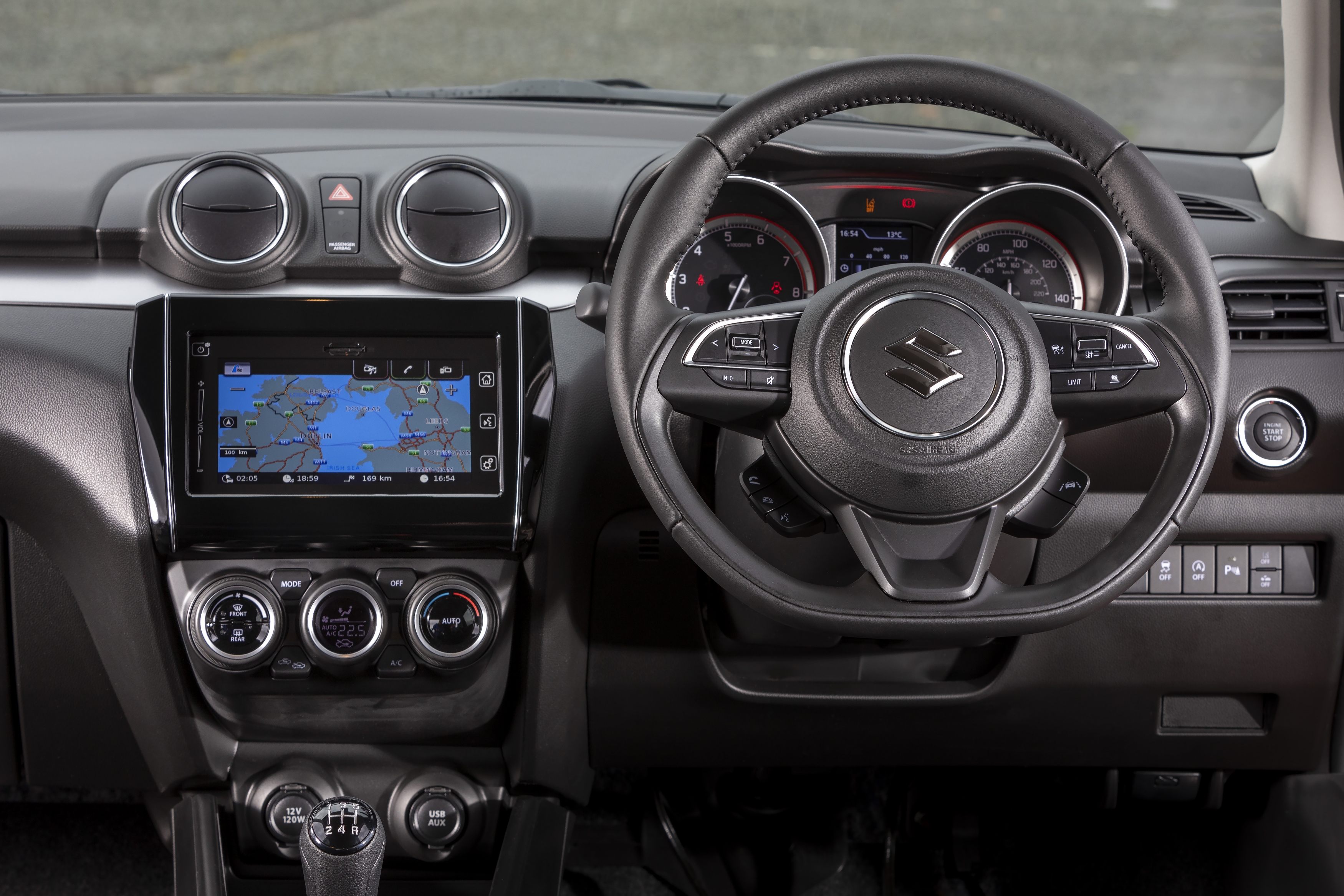
The same goes for the exterior design. There’s just the faintest whiff of retro directness about the Swift’s front end, with its neat arrangement of headlights and oval grill. The C pillar is also distinctive, with a rising tab of bodywork intersecting with the blacked-out glasshouse, as well as a concealed rear door handle that keeps the car’s flanks looking elegantly curved. Taken as a whole, it’s almost (almost) reminiscent of the purist simplicity of 1960s sports cars, rather than the occasionally florid curves of some of its rivals from Japan.
The Suzuki Swift does a lot of things right, all for a price that could easily be swallowed up by ticking a few option boxes on a new Audi, Porsche, or Mercedes. Although the Japanese car might not be an obvious example of luxury, by virtue of being compact, competent, and extremely easy to live with, the little Swift will enhance your life while keeping things low-key.
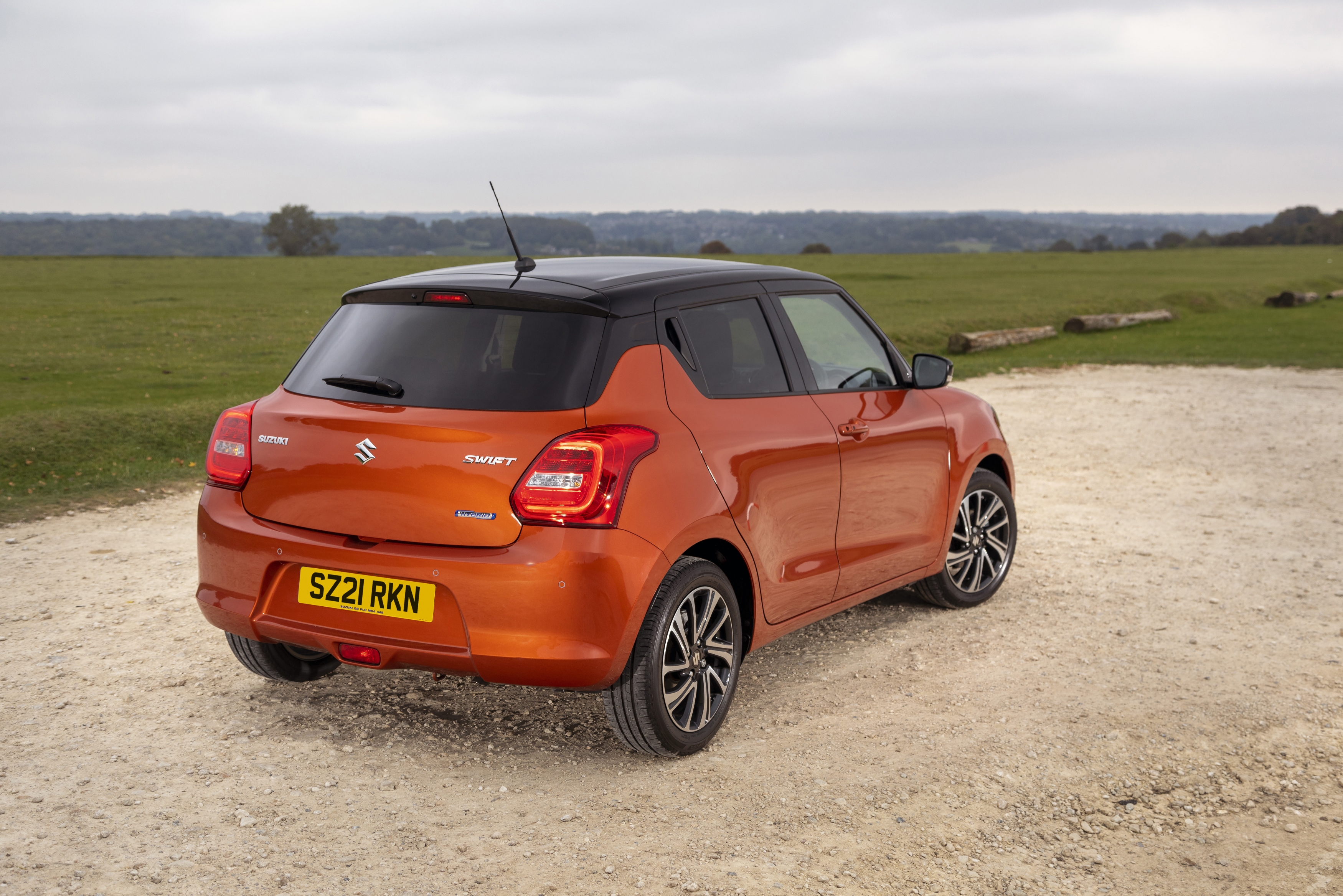
INFORMATION
Receive our daily digest of inspiration, escapism and design stories from around the world direct to your inbox.
Suzuki Swift Hybrid, from £14,075
Jonathan Bell has written for Wallpaper* magazine since 1999, covering everything from architecture and transport design to books, tech and graphic design. He is now the magazine’s Transport and Technology Editor. Jonathan has written and edited 15 books, including Concept Car Design, 21st Century House, and The New Modern House. He is also the host of Wallpaper’s first podcast.
-
 ‘I want to bring anxiety to the surface': Shannon Cartier Lucy on her unsettling works
‘I want to bring anxiety to the surface': Shannon Cartier Lucy on her unsettling worksIn an exhibition at Soft Opening, London, Shannon Cartier Lucy revisits childhood memories
-
 What one writer learnt in 2025 through exploring the ‘intimate, familiar’ wardrobes of ten friends
What one writer learnt in 2025 through exploring the ‘intimate, familiar’ wardrobes of ten friendsInspired by artist Sophie Calle, Colleen Kelsey’s ‘Wearing It Out’ sees the writer ask ten friends to tell the stories behind their most precious garments – from a wedding dress ordered on a whim to a pair of Prada Mary Janes
-
 Year in review: 2025’s top ten cars chosen by transport editor Jonathan Bell
Year in review: 2025’s top ten cars chosen by transport editor Jonathan BellWhat were our chosen conveyances in 2025? These ten cars impressed, either through their look and feel, style, sophistication or all-round practicality
-
 Danish manufacturer Zenvo Automotive’s Aurora is the true enthusiast’s hybrid hypercar
Danish manufacturer Zenvo Automotive’s Aurora is the true enthusiast’s hybrid hypercarZenvo Automotive dovetails Danish design culture with a love of high-end engineering and exceptional performance. We talk to the company’s Jens Sverdrup about its newest machine, the Aurora
-
 Yves Béhar gives striking shape and form to this new hybrid-electric catamaran concept
Yves Béhar gives striking shape and form to this new hybrid-electric catamaran conceptSolsea is a concept catamaran from Italian shipyard Rossinavi, blending zero emission cruising with design by Yves Béhar
-
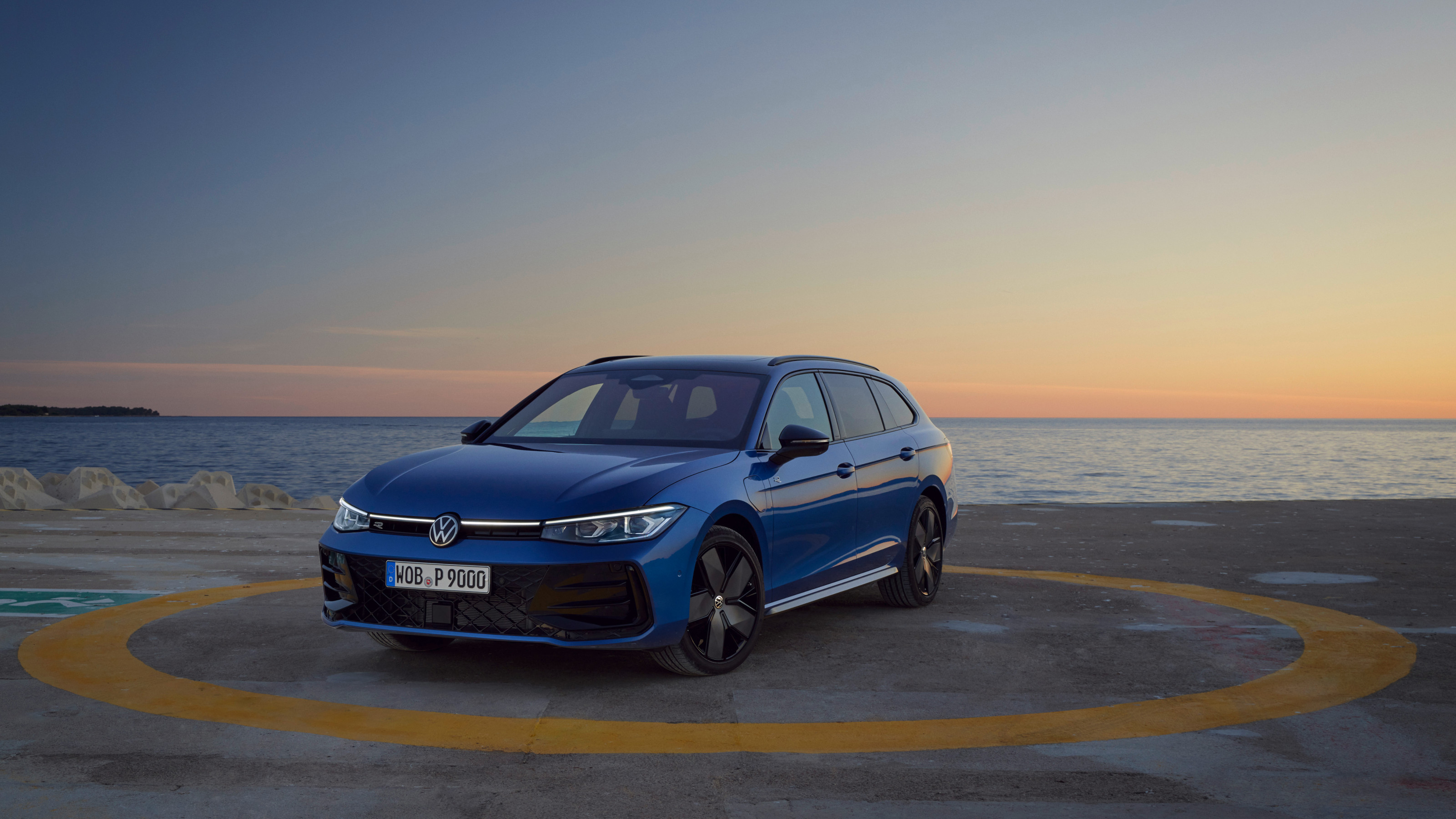 The Volkswagen Passat is a sober, straight edged estate car that feels increasingly out of time
The Volkswagen Passat is a sober, straight edged estate car that feels increasingly out of timeWhy would anyone pass on a Passat? Volkswagen’s big load lugger proves that the old ideas are still the best
-
 Bentley describes the updated hybrid Flying Spur Speed as a four-door supercar
Bentley describes the updated hybrid Flying Spur Speed as a four-door supercarThe latest version of the Bentley Flying Spur is a technological showcase and an outstanding performer
-
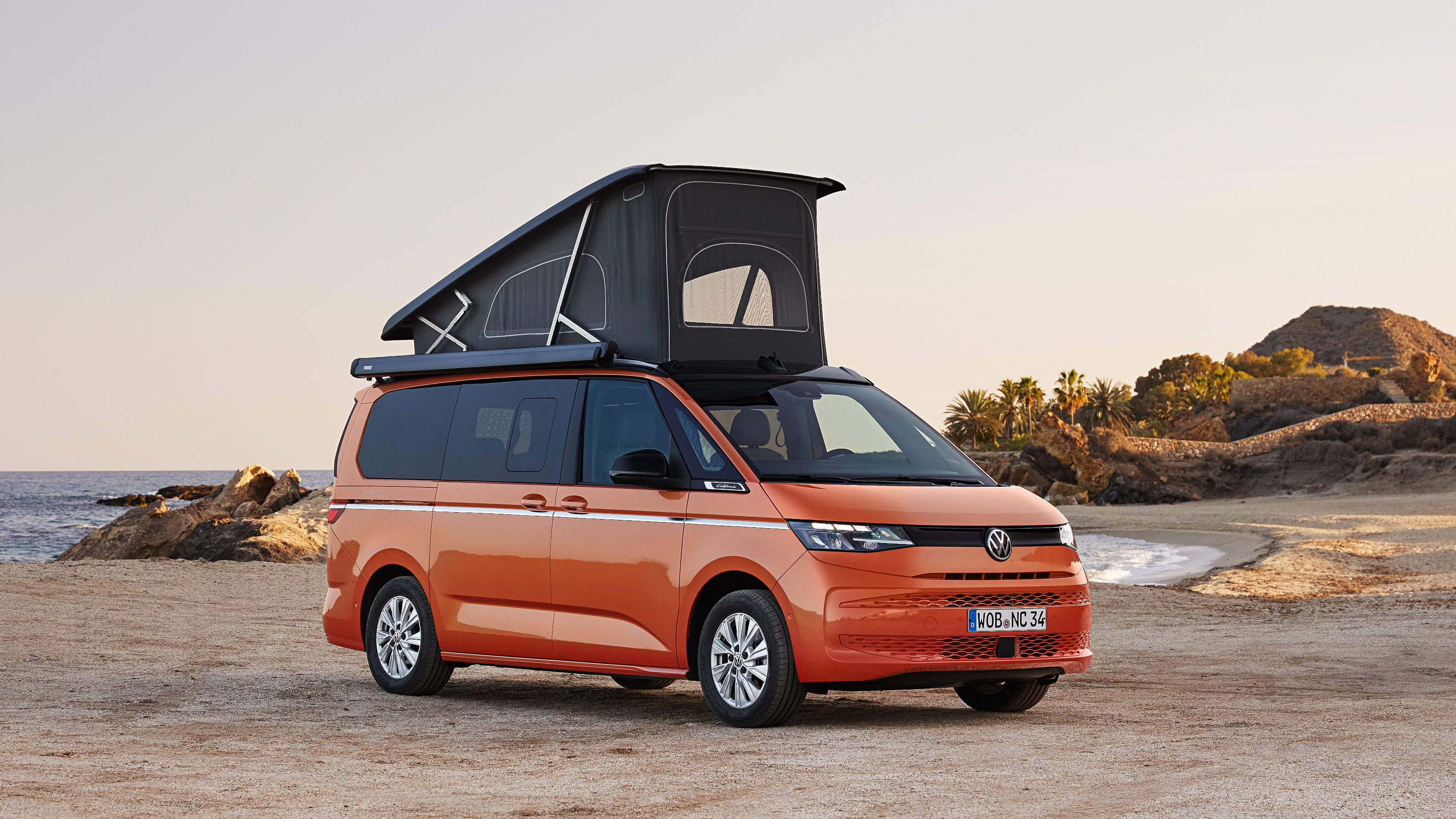 New Volkswagen California is a hybridised camper van that has it all
New Volkswagen California is a hybridised camper van that has it allThe Volkswagen New California camper van is here, the latest update to VW’s evergreen classic, bringing a larger platform, more flexibility and hybrid power for the first time
-
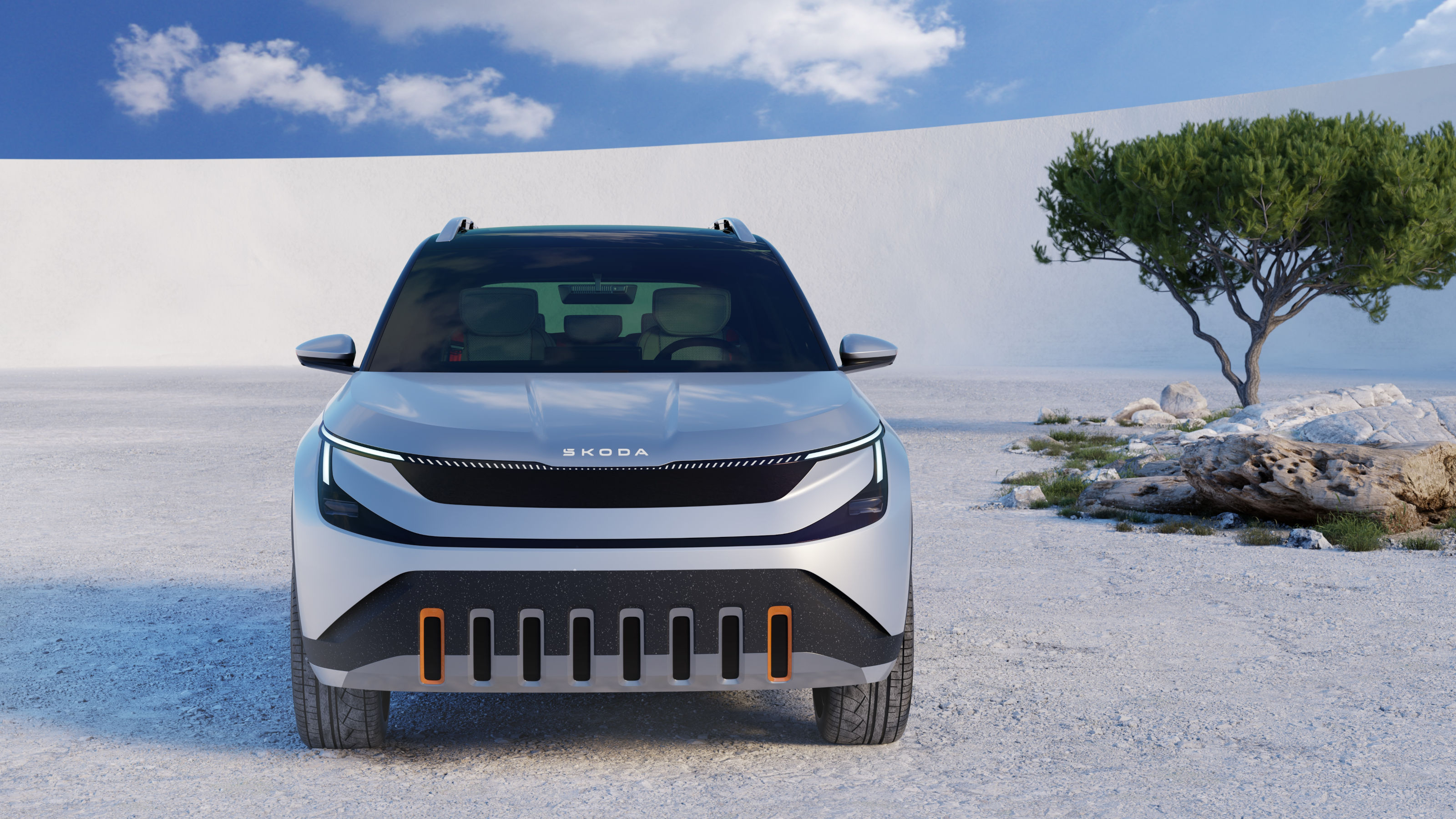 Coming soon: a curated collection of all the new EVs and hybrids that matter
Coming soon: a curated collection of all the new EVs and hybrids that matterWe've rounded up new and updated offerings from Audi, Porsche, Ineos, Mini and more to keep tabs on the shifting sands of the mainstream car market
-
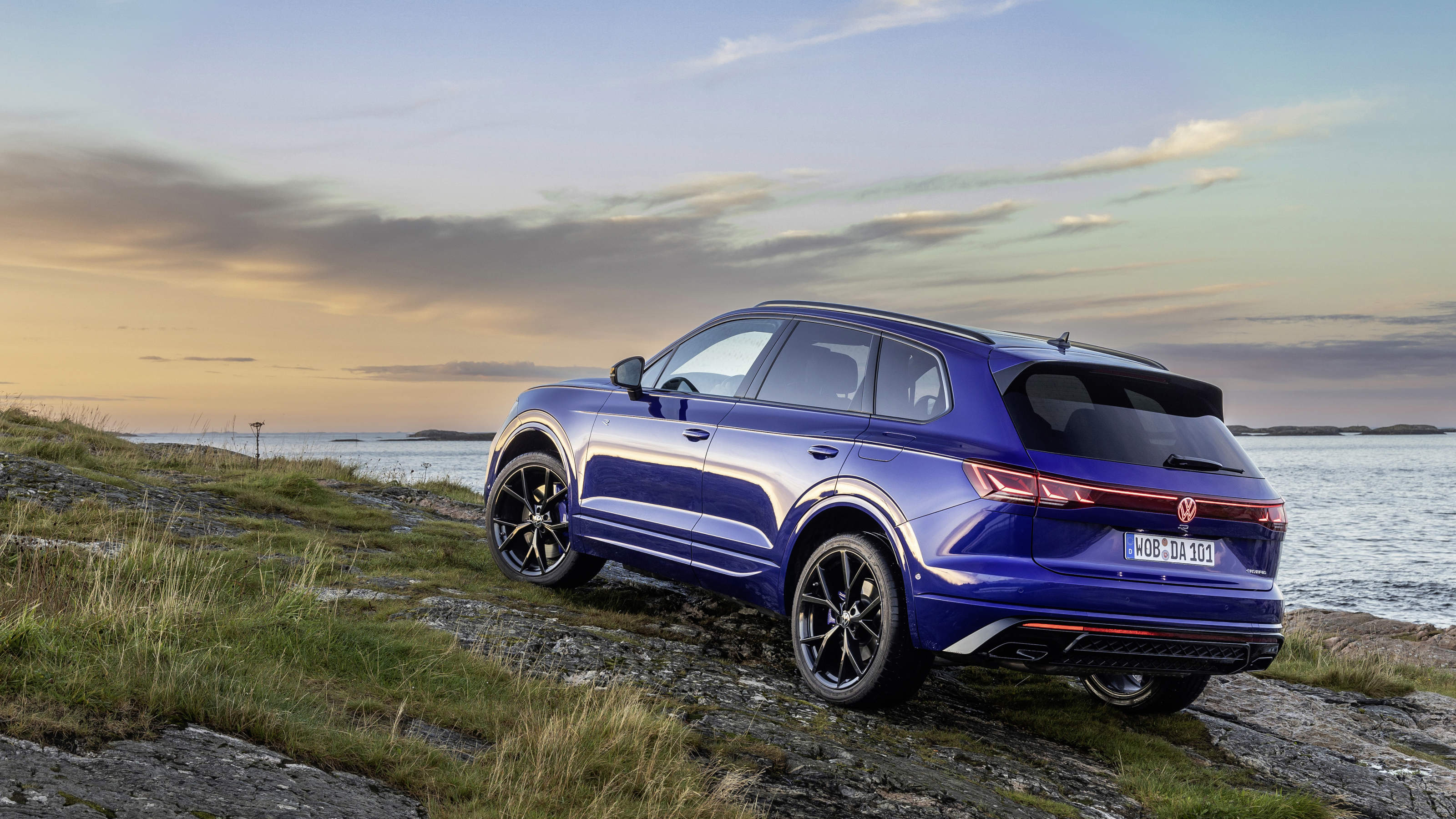 Refreshed Volkswagen Touareg does the heavy lifting for long-distance travel
Refreshed Volkswagen Touareg does the heavy lifting for long-distance travelThe new Volkswagen Touareg R eHybrid is the people’s luxury SUV, capable of going anywhere and doing anything. Does it stack up to rivals?
-
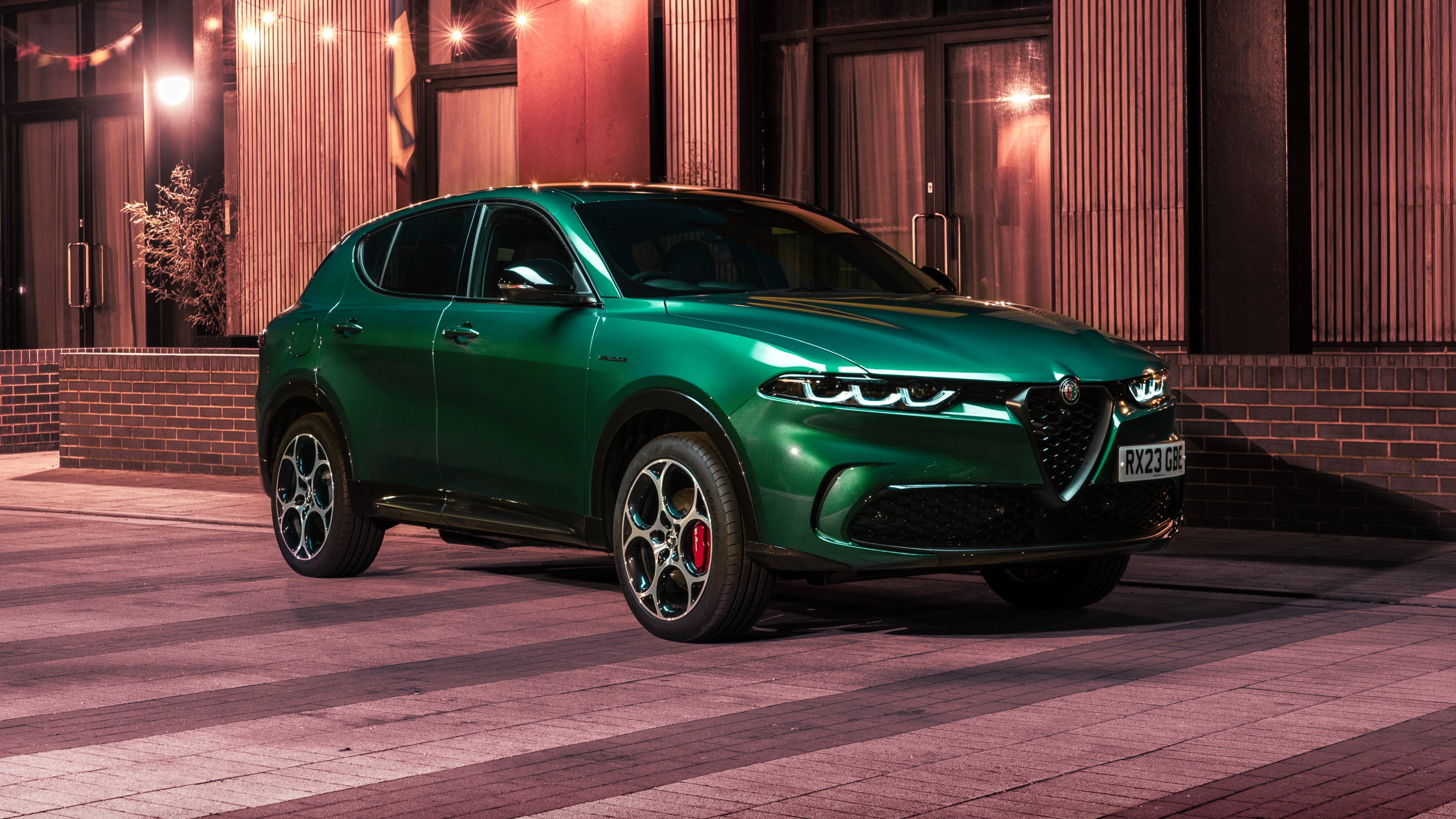 Alfa Romeo Tonale plug-in hybrid isn’t quite the tonic the Italian brand is capable of brewing
Alfa Romeo Tonale plug-in hybrid isn’t quite the tonic the Italian brand is capable of brewingThe Alfa Romeo Tonale plug-in hybrid is yet another entry into the crowded compact SUV market, this time bringing the Italian brand’s idiosyncrasies to the fore